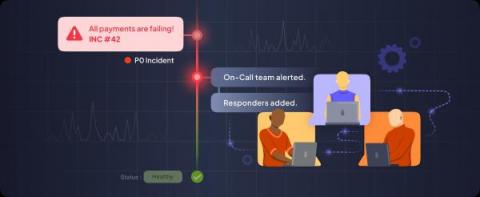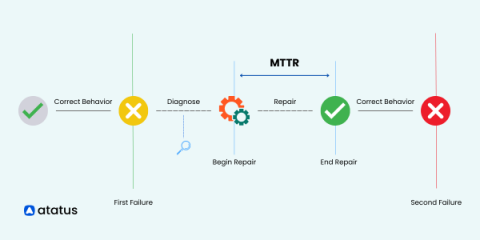How to Maximize Time Savings and Reduce Toil During Incident Response
Incidents are a costly burden on businesses. Despite assembling the right people and teams, the manual work, tool setup and prolonged tasks can negatively impact customer experience. The need for adaptable processes to address diverse incident types further complicates the situation. This is where the PagerDuty Operations Cloud steps in. It streamlines and automates all the various manual steps in the incident response process.











